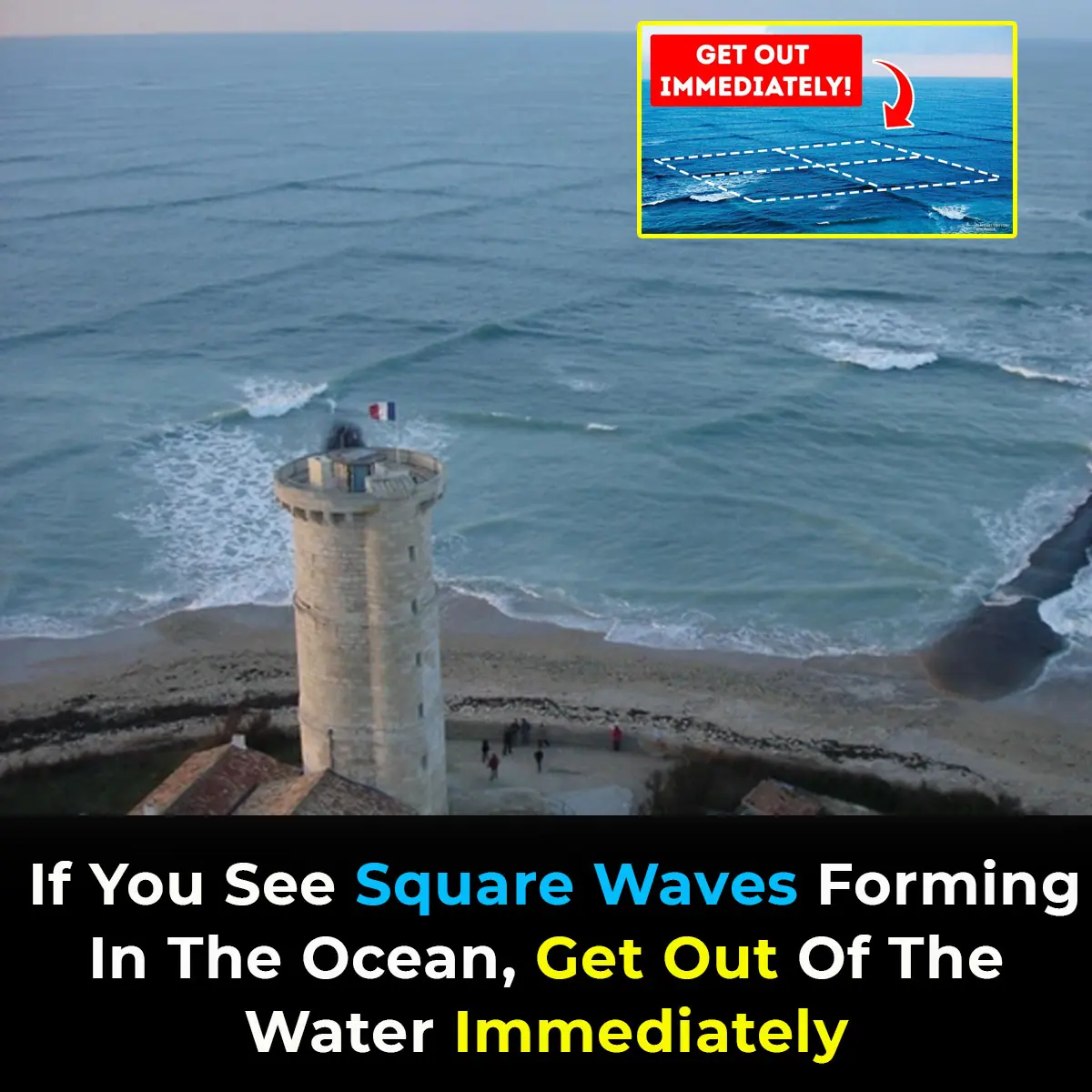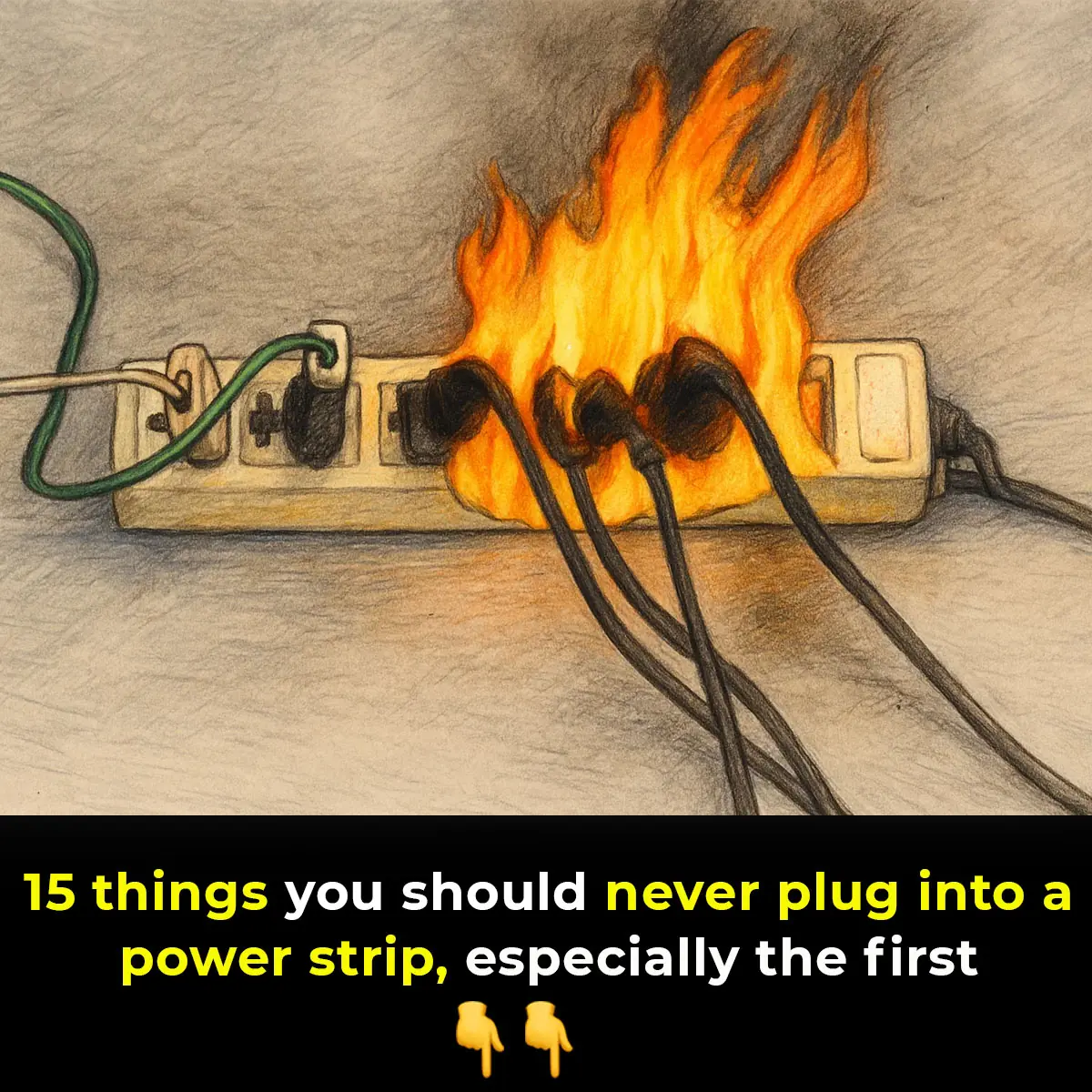
If You See Square Waves Forming In The Ocean, Get Out Of The Water Immediately

A trip to the beach is the ultimate holiday escape.
Picture yourself basking in the sun with soft sand beneath your feet and the gentle ocean waves lapping against your legs.
While soaking up the beauty of the ocean, it’s important to stay safe in the water. Always be mindful of the waves and never turn your back on the sea.
You may be familiar with rip currents and shifting tides, but have you ever heard of square waves?
Yes, square waves really do occur, and while they may look beautiful, they can also be one of the most dangerous phenomena to encounter in the ocean.
A square wave, or “cross sea,” forms when two sets of waves collide, creating a square-like pattern that resembles a checkerboard. According to the European Space Agency in 2010, these conditions are relatively common in the ocean, especially when a windsea and a swell, or two separate swell systems, meet.
A 2004 study referenced by the agency revealed that "a significant number of ship accidents occur in crossing sea states."
As noted by HowStuffWorks, square waves are rare but tend to appear near the coast. A great place to observe them safely is along the western coast of France, particularly on Île de Ré.
Cross-seas can make navigation difficult for boats and swimmers. Waves can reach up to 10 feet, and the winds can change direction, making it more hazardous.
While this occurrence is unlikely, if square waves do appear, it’s wise to avoid swimming or going out on a boat, as conditions can be rough.
Instead, consider enjoying the sand or dipping your toes in the shallows until conditions improve. When the weather calms down, you’ll be able to safely return to the water without the crowds.
What should you do if you're caught in a square wave?
In the water, you might not immediately notice the grid-like pattern of the waves, but you’ll likely feel the increasing swells and the struggle to swim against two opposing currents.
The best strategy is to avoid venturing too far out into the water in the first place. If the waves get too large, it’s safest to exit the water as soon as possible.
News in the same category


10 Types of Toxic Friends to Avoid

Index Finger Length: Personality and Fortune

Underwater City Near 'Noah's Ark' Discovery Might Change The Bible Story We Thought We Knew

Reason Mark Zuckerberg Just Spent $15,000,000,000 to Hire This 28-Year-Old ‘College Drop Out’ for Meta

Cut a lemon in four and keep it in your bedroom overnight – the reason is brilliant
This lemon trick is a small change that makes a big difference.

Italy just upgraded dogs to cabin class. No more cargo holds for dogs!

11 Heartbreaking Signs Your Dog Is Nearing the End—And How To Give Them The Love They Deserve

15 Things That Might Hint at Her Romantic Past

Depressing find at the bottom of the Mariana Trench is a warning to the world
The Mariana Trench, Earth’s deepest ocean abyss, was once thought to be untouched by human hands. But the discovery of a single plastic bag in its darkest depths has become a chilling symbol of how far our pollution has reached.

Unveiling Personality Secrets: What’s the First Color You See?

If you see square waves forming in the ocean, get out of the water immediately
The mesmerizing chessboard-like patterns on the ocean’s surface may seem harmless, but they’re hiding a dangerous secret. Scientists warn that these rare formations, known as square waves, can turn the sea into a deadly hazard in seconds.

The flowers you love the most uncover hidden aspects of your personality
Flowers don’t just brighten our surroundings — they can also serve as a fascinating mirror to our inner world. From the joyful daisy to the mysterious violet, your favorite bloom could reveal your emotional depth, values, and the way you connect with

Experts warn: Don’t swap your oven for an air fryer

The Truth About Eating the Black Vein in Shrimp Tails

This is why you should keep the bathroom light on when sleeping in a hotel
Leaving your hotel bathroom light on at night might seem unnecessary, but it could be a small habit that makes a big difference for your comfort and safety. From preventing nighttime accidents to deterring intruders, experts say this simple tip can protec

The Mystical Gaboon Viper, Master Of Disguise And Deadly Accuracy

A Greenland Shark Born in 1620 is Still Alive Four Centuries Later

15 Things You Should Never Plug Into A Power Strip
News Post

14 Warning Signs of Low Magnesium Levels and What to Do About It (Science Based)

5 Unconventional Signs of Breast Cancer That You Must Know About

Low FT3 Levels Predict Risk for Nerve Damage in Diabetes

Doctors Urge: Don’t Ignore Unexplained Bruising — These Hidden Reasons Could Be the Cause

12 Urgent Warning Signs You’re Eating Too Much Sugar

5 Common Habits Silently Destroying Your Liver (Most People Do Them!)

Where Do You Stand on the Sitting-Rising Test?

The Ultimate Guide to Marinating Fish

The Pros and Cons of Sleeping with a Fan On

One Button, Big Savings: Cut Energy Costs with Every Wash

10 Symptoms of Kidney Disease

10 Types of Toxic Friends to Avoid

Index Finger Length: Personality and Fortune

5 Potential Health Benefits of Macadamia Nuts

How to Exercise Safely When You Have Atrial Fibrillation

How to Get Rid of Dead Dry Skin on Feet

Foods to Eat if You Need to Poop – The Best Natural Laxatives

How to Make Onion Juice for Hair Growth & Strong Hair

3 Best Ways to Boil Sweet Potatoes for Maximum Flavor
